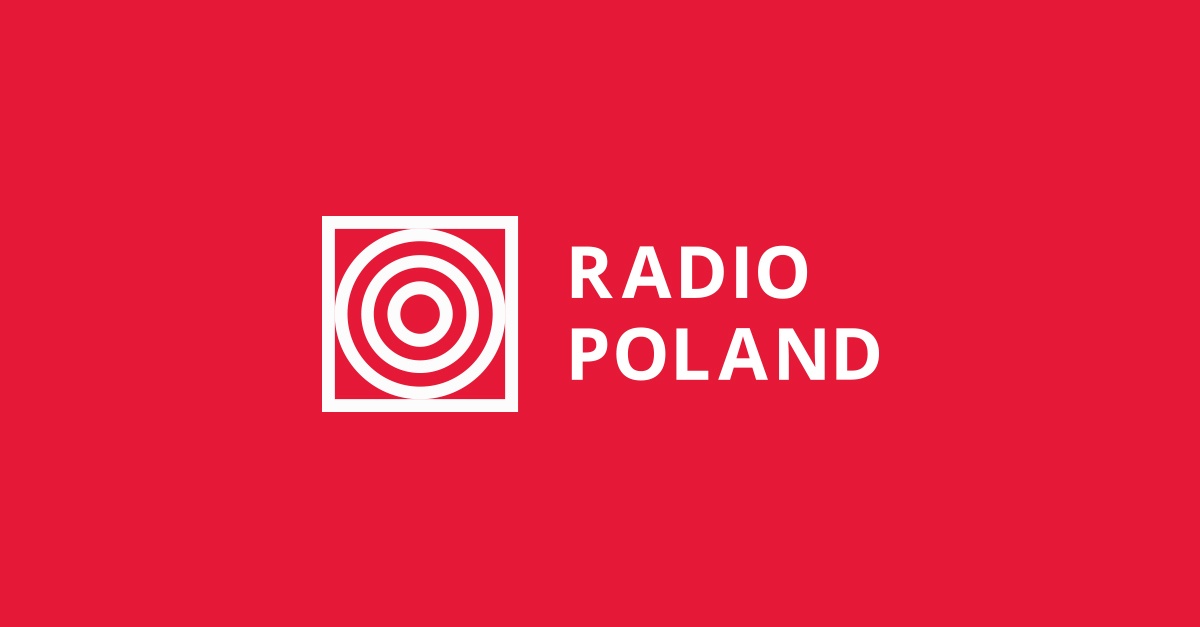Poland will launch a new waterway to the Baltic Sea on September 17 to mark 83 years since the Soviet Union invaded the country in the early days of World War II, officials confirmed on Wednesday.
Running through the Vistula Spit, the new waterway to the Baltic Sea is designed to allow ships to enter the Polish port of Elbląg without passing through the Strait of Baltiysk in Russia’s Kaliningrad region, according to officials.Photo: PAP/Adam Warżawa
Running through the Vistula Spit, the new canal is designed to allow ships to enter the Polish port of Elbląg without passing through the Strait of Baltiysk in Russia’s Kaliningrad region, according to officials.
Deputy Infrastructure Minister Marek Gróbarczyk told reporters earlier this year that „the canal will be launched and the first vessels will pass through it” on September 17.
He called the new waterway “a historic and groundbreaking project” amid Russia’s invasion of Ukraine.
Waterway to 'strengthen Poland’s sovereignty’
Linking Elbląg with the Bay of Gdańsk on the Baltic Sea, the 23-kilometre-long, 5-metre-deep waterway will “help enhance Poland’s military as well as economic sovereignty,” according to the country’s conservative leader Jarosław Kaczyński.
Polish President Andrzej Duda has said the canal will „strengthen Poland’s sovereignty and enhance its independence and freedom.”
Meanwhile, the project is being viewed as a threat by Russia, according to the US think tank the Jamestown Foundation.
In the Kremlin’s view, the sole aim of the new Polish waterway is “to give North Atlantic Treaty Organisation (NATO) warships access to Kaliningrad Bay (Vistula Lagoon), without having to first pass close by the Russian military facilities at Baltiysk,” the think tank said in a 2020 analysis.
Symbolic date
On September 17, 1939, Josef Stalin’s Soviet Union invaded Poland following a secret agreement with Adolf Hitler’s Nazi Germany.
Poland was then caught between German Nazi forces advancing from the west and Soviet forces from the east during the first stage of World War II in Europe.
(gs)
Source: IAR, PAP

